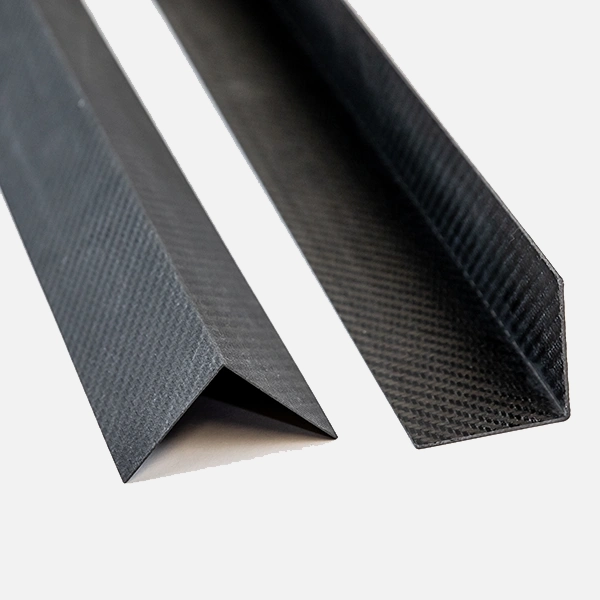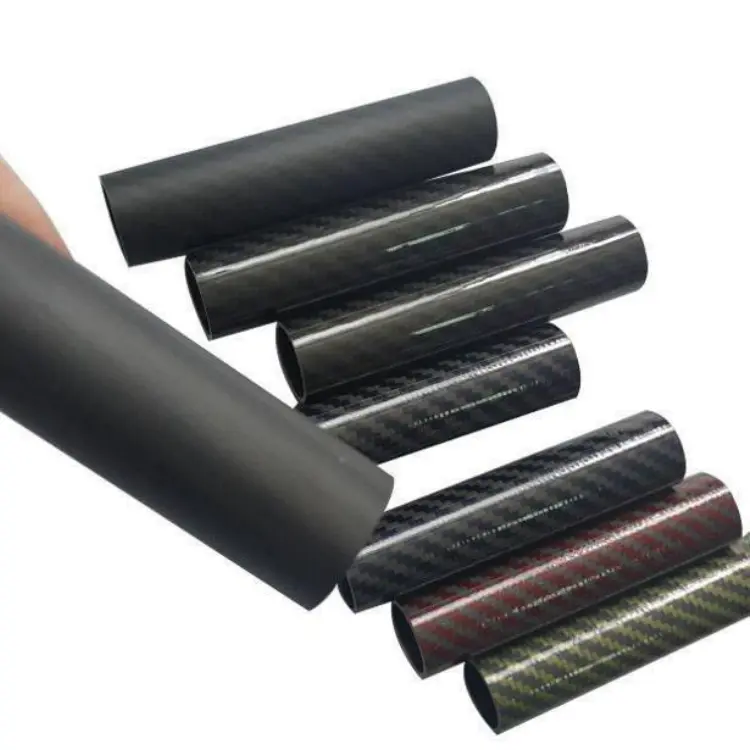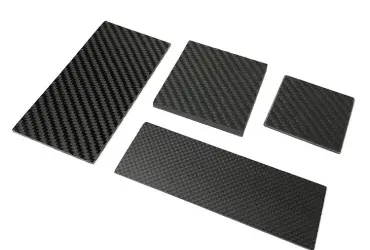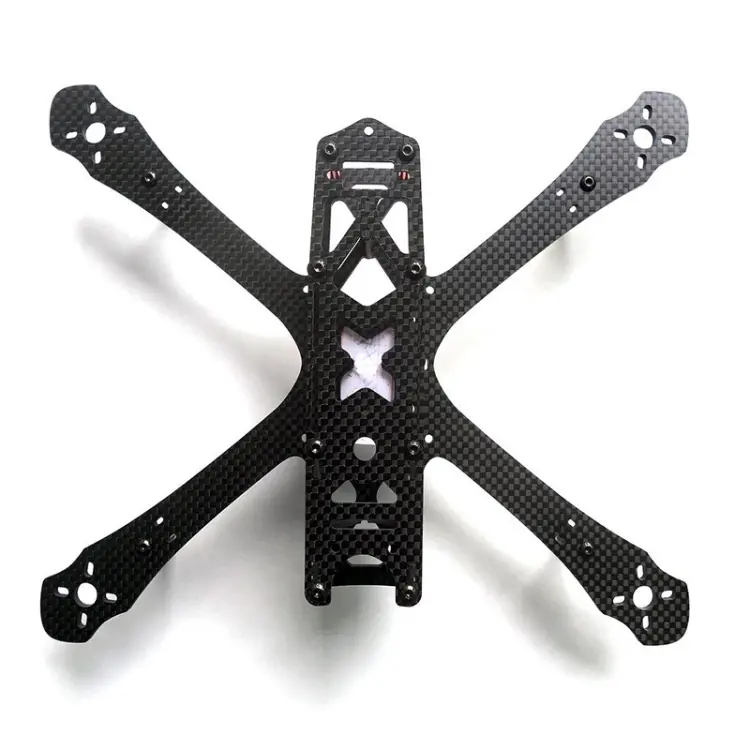Carbon Fiber Angles vs. Aluminum Angles: A 3D B2B Selection Guide on Weight, Durability & Cost
1. Material “DNA”
| Property | 6061‑T6 Aluminum Angles | T800 Carbon Fiber Angles* | Difference |
|---|---|---|---|
| Density (g/cm³) | 2.70 | 1.60 | ↓ 41 % |
| Tensile Strength (MPa) | 310 | 3 500 | ↑ 10× |
| Elastic Modulus (GPa) | 69 | 160 | ↑ 2.3× |
| Specific Strength (σ/ρ) | 115 | 2 188 | ↑ 19× |
| CTE (10⁻⁶/°C) | 23 | 1–2 | ↓ 90 % |
| Corrosion Rating | Requires anodizing | Maintenance‑free (Grade 0, 1 000 h salt spray) |
*T800 unidirectional prepreg, 0°/±45° layup, 5 mm flanges, 3 mm web, autoclave cured.
2. Application Scenarios
| Scenario | Aluminum Angles Strength | Carbon Fiber Angles Strength | Recommendation |
|---|---|---|---|
| Long‑span industrial purlins | Low cost, off‑the‑shelf stock | Custom, higher unit cost | Aluminum Angles |
| UAV & Robotics Frames | High inertia, prone to fatigue | 50 % weight reduction, fundamental freq.↑ 120 % | Carbon Fiber Angles |
| Offshore Platform Handrails | Regular corrosion maintenance | 25 years maintenance‑free | Carbon Fiber Angles |
| High‑Speed Train Skirt Supports | Weld‑fatigue risk | Integrated molding, 3× longer lifespan | Carbon Fiber Angles |
3. Manufacturing & Joining
| Aspect | Aluminum Angles | Carbon Fiber Angles |
|---|---|---|
| Forming | Single‑step extrusion | Pultrusion or autoclave molding |
| Joining | Welding, riveting | Adhesive bonding + bolt‑anchor plates |
| Dimensional Tolerance | ± 0.5 mm | ± 0.1 mm |
| Secondary Machining | Easy milling/drilling | Requires delamination prevention; t ≥ 2 mm |

4. Cost & ROI (2 m Angle Beams Example)
| Item | Aluminum Angles | Carbon Fiber Angles |
|---|---|---|
| Material Unit Cost | 1.0× | 2.8× |
| Transport & Installation | 1.0× | 0.6× (lightweight) |
| 10‑Year Maintenance | 0.8× (anodizing) | 0.1× |
| Total Cost of Ownership | 1.0× | 1.2× |
| Weight‑Saving Benefit* | — | 3 kg saved → 8 % motor power ↓ |
*For an AGV beam: 3 kg lighter yields 8 % lower motor current.
5. Three‑Step Selection Method
- Load & Deflection: If δ ≤ L/400 and weight is critical → Carbon Fiber Angles
- Environment: Salt spray, acid rain, extreme temperature → Carbon Fiber Angles
- Budget: If material cost < 25 % of total → Carbon Fiber Angles offer better TCO
6. One‑Sentence Summary
Aluminum angles remain the “cost‑effective generalist,” while Carbon Fiber Angles excel in weight reduction, durability, and precision. When cycle time, corrosion resistance, or energy efficiency are key KPIs, Carbon Fiber Angles become the next‑generation structural “invisible champion.”





